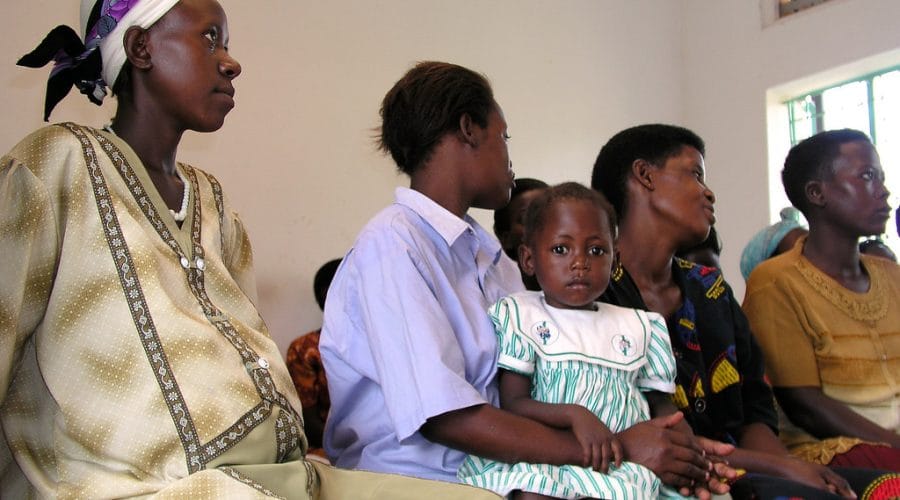
In the modern HIV treatment era, birthing parents who have been on effective antiretroviral therapy (ART) since their diagnosis face vanishingly low odds of transmitting HIV to their child during pregnancy or breastfeeding, according to a new global meta-analysis. The study offers an updated, nuanced understanding of the factors that impact vertical HIV transmission risk—and valuable reminders for clinicians seeking to educate themselves and their patients.
Review Approach and Structure
This systematic review and meta-regression analysis examined HIV vertical transmission probabilities and determinants. References were identified from randomized trials and cohort or observational studies published in PubMed, Embase, the Global Health Database, WHO Global Indes Medicus, CINAHL Complete, and Cochrane CENTRAL between January 2018 and February 2024, using search terms among peer-reviewed English-language studies including “HIV,” “transmission,” “perinatal,” “breastfeeding periods,” “infants born to women living with HIV,” and related terms.
Four different meta-regression analysis models were used to estimate vertical transmission probabilities. Meta-regression was used to assess the association of ART class and the timing of ART initiation on having suppressed viral load at the time of delivery of the infant.
Key Findings From Study Authors
Out of 12,588 potential studies, 110 were included in the meta-regression analysis. The authors found that the birthing parent’s immunological status, ART regimen, and timing of initiation each affected the probability of vertical HIV transmission.
Among women with HIV not on ART, a higher CD4 count reduced the odds of perinatal vertical transmission (Odds Ratio (OR) 0.80 per 100 CD4 cells/μL).
For pregnant women on ART, each additional week of treatment before delivery decreased transmission risk by 5.6%.
Starting integrase inhibitor-based ART 20 weeks before delivery lowered transmission odds (OR 0.36) compared to NNRTI-based ART, though this varied by study region.
Starting ART late in pregnancy reduced viral load suppression odds (OR 0.37), with no significant difference between ART regimens.
Read an expert analysis from Benjamin Young, M.D., Ph.D. at TheBodyPro.
Source : TheBodyPro
Related HIV and Co-Infections News
Get involved
Are you living with HIV/AIDS? Are you part of a community affected by HIV/AIDS and co-infections? Do you work or volunteer in the field? Are you motivated by our cause and interested to support our work?
Subscribe
Stay in the loop and get all the important EATG updates in your inbox with the EATG newsletter. The HIV & co-infections bulletin is your source of handpicked news from the field arriving regularly to your inbox.
